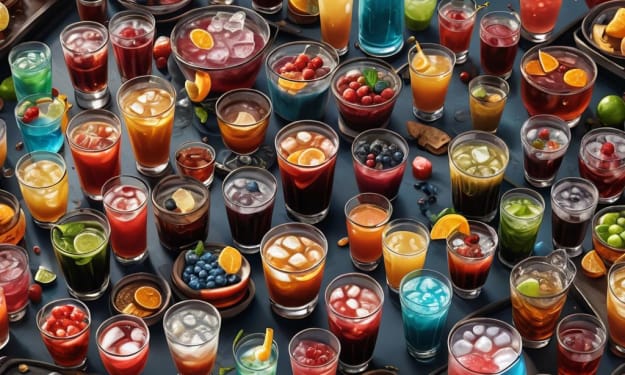
Okay, so this time I want to discuss a film (see food blogs can be multi-faceted!) because all good films and literature involve food. Sideways eschews the modern Hollywood style, and instead goes for a much more slow burning, adult, narrative. It is, ostensibly, about two men approaching the middle of their lives, and on one of the men’s stag, do in the California wine country. Our protagonists are both struggling and faded (one an aspiring writer and the other a past his prime actor) and to Jack (the actor) this represents one last outing before married life, whereas for Miles it represents something more ponderous and appreciative. Both seem to be depressed. Miles is more obviously so, but I feel that Jack is too, as it appears he is running away from something in his life.
Rather than just discussing the film (because a lot of people have done that) and its plot points, I would like to focus in on how the film affects people. In this view, the comparison to the books and films of Into the Wild and On the Road, are quite apt. All three are about a journey, disaffected protagonists, and there are elements of finding oneself. I also imagine that, as with the other two novels, people clutch to Sideways and want to repeat the experience. To travel the same journey that Jack and Miles do creates a parallel experience. However, because Sideways has a much more material theme (i.e. wine) it allows for people to interact with the narrative. You can physically taste along side Miles and Jack—and I think that this creates a far more personalised experience. I know that one aspect about the future of food is the idea of personalisation/virtual or augmented reality being used as tools within a dining context, but I find the interconnectivity between food and film to be just as important. In a way, this creates a hybrid curated experience of the film and the viewer, almost like a slightly posher version of a drinking game!
Taking all that into account and in celebration—because all good film nights deserve to be celebrated—I found a lovely Pinot Noir (because, well, I had to). I’m going to confess now that it’s from Oregon and not California—but to get a good bottle of Californian Pinot Noir in the UK, I would’ve had to re-mortgage the house! The story behind this wine is also very sweet; apparently a scion of the Drouhin family (one of Burgundy’s wine families) came over to Oregon after completing her diploma in enology. Once there, she fell in love with the soil (and someone) and stayed. I’m not always a fan of Pinot Noirs, and I usually prefer Malbec’s and Shiraz’s, but I was pleasantly surprised by the depth I encountered in the wine. If you are intereste,d I bought it at my local wine merchants Wined Up Here, which always has a great selection and if you’re ever in the area, I encourage you to go. By partaking in the experiences of the protagonists, however small a gesture, you get to understand their perspectives and sympathise with the narrative.
This brings me onto the wider implication of the film, taking it away from a personalised sphere and into the public sphere. Food tourism is a “thing” and has been a “thing” for a while. In fact, as a digression, I think it was Herodotus that mentioned eating in foreign climes as an experience. Whether it be a backpacker in Thailand looking for something authentic or a gourmand tourist (me) looking to eat in a famous watering hole, there has always been a drive in humans that meets geographical exploring with culinary exploring. Now, I’m not saying that the California wine region was lacking in tourists before, however, the film did impact and increase the tourism in the area—which I discussed a few paragraphs above. A good exemplar of this gastro-tourism is a story recounted to a famous British chef that the sales (and popularity) of a restaurant featured in the film had amplified exponentially. However, good pop culture (be it film, literature or TV) can place a particular foodie region on the map. Take a minute and think of your favourite combination of pop culture and food. I’m going to go against some of the more stringent academic papers I have read, and say that this can be a good thing for the producers and workers of the vineyards.
But not all producers. One thing that I found out whilst researching this post is that the denigration of Merlot by Miles which featured in the film, affected sales of the wine. I should have guessed this, but I was stupid and didn’t think that would be the case! In the decade and half (give or take), there was a significant decrease in sales of Merlot in both the USA and the UK. This fluctuation has righted itself—mostly—but it does show that damage can be done even with a moderately successful film, more so if the film is a bit more mainstream (Eat, Pray, Love, for example).
This film has a lot to say about the state of the wine industry (almost fetishization) and about the human condition, but it’s enduring legacy is one of gastro-tourism.
About the Creator
Julia Shortt
Food anthropologist, ex chef embarking on a ESL career - to help fund all the eating I want to do!
Twitter @liabecca1






Comments
There are no comments for this story
Be the first to respond and start the conversation.